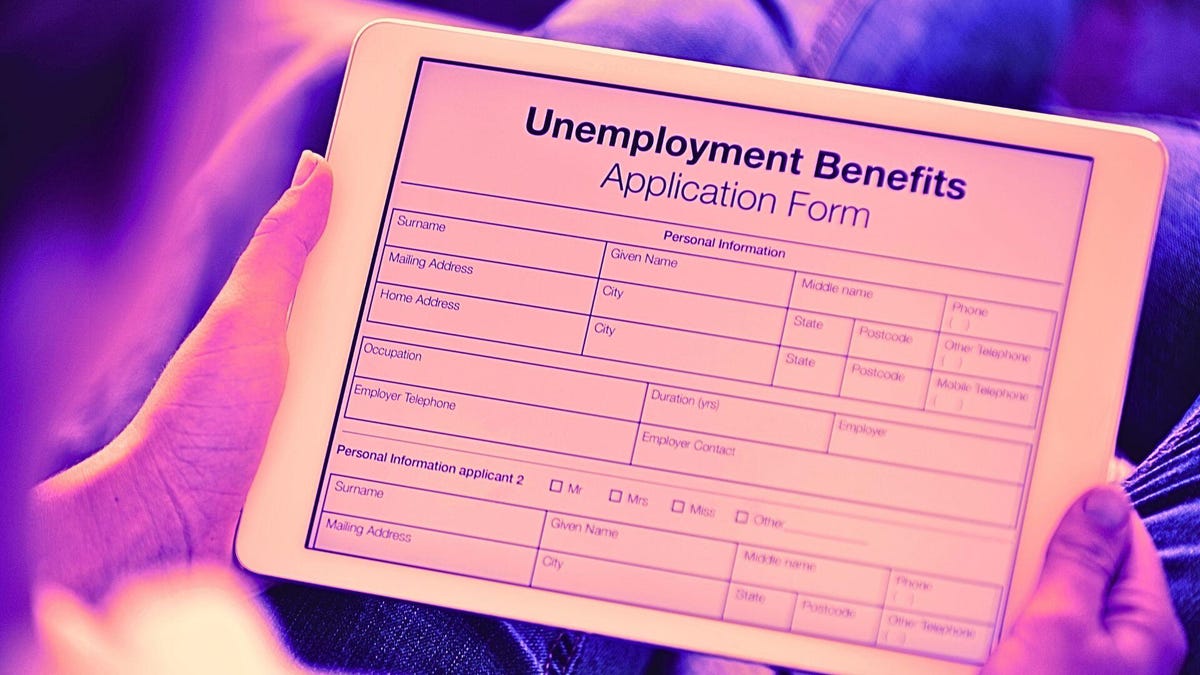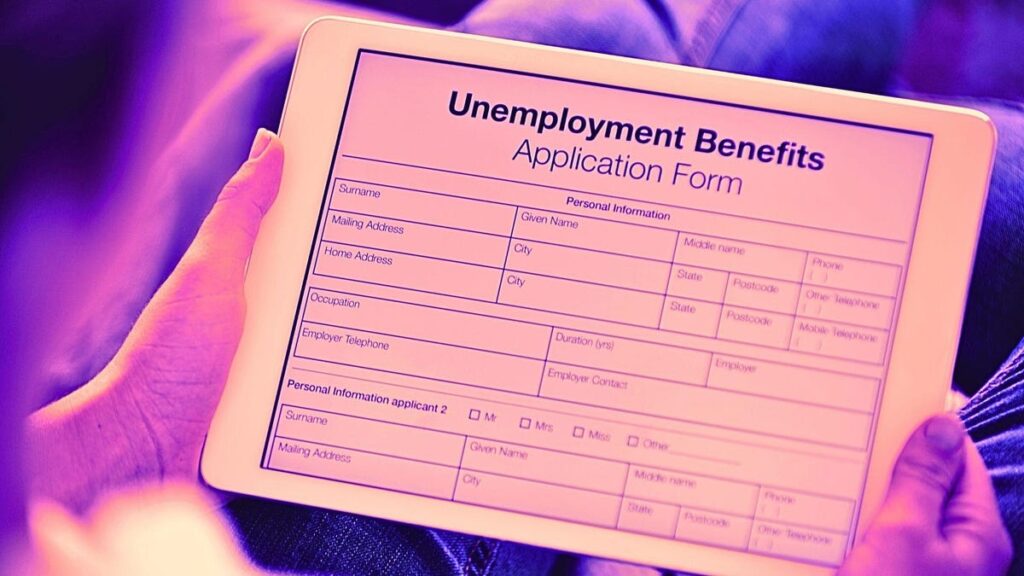
With the massive waves of layoffs in the US federal government, along with job cuts and downsizing in the tech industry, retail, media and manufacturing, thousands of workers are unemployed for the first time in years.
And many of them are having trouble accessing the unemployment benefits they’re entitled to. According to multiple news reports, some recently laid-off employees have been frozen out of the system, waiting for approval or being denied outright.
Without the security of a regular paycheck, unemployment insurance is one of the few economic lifelines in an otherwise fragile safety net. The federal government oversees the unemployment system, but each state administers its own jobless benefits program and sets eligibility requirements.
Learn how unemployment insurance works, how to see if you’re eligible, how to apply and how much money you might expect to receive.
Read more: Layoffs Are Happening. How to Prepare if You Think You Might Lose Your Job
What is unemployment insurance?
If you lose your job, money from unemployment insurance can help you pay for essential budget items until you can find a new place to work. Compensation usually comes in the form of weekly payments, either as paper checks, direct deposits or state-issued debit cards. The money for unemployment insurance payments comes from state and federal taxes on employers.
Who qualifies for unemployment benefits?
Eligibility requirements for unemployment benefits vary by state. You’ll need to check your state’s unemployment office to determine your eligibility. Here are all the phone numbers and websites for state unemployment insurance offices.
Every state requires claimants for unemployment insurance to have a minimum amount of wages earned or months worked during a base period of time, according to the National Academy of Social Insurance.
In general, if you lost your job through no fault of your own and have a recent work history of 12 to 18 months or greater, you should qualify for at least some form of unemployment compensation.
If you were fired for misconduct, you’re out of luck. If you were fired for other reasons, your eligibility will depend on many factors, including the state you live in, so you’re better off filing a claim.
How much do employment benefits pay?
National statistics for average unemployment payments don’t tell us much, since your payment will depend heavily on the state where you live. For example, Washington has a $1,079 maximum weekly unemployment insurance payment, one of the largest in the country.
On the other end of the spectrum, Mississippi has a maximum weekly benefit of $235, while Arizona’s maximum is $320. States have their own methods for calculating unemployment compensation and usually explain them in detail on their unemployment websites. Use the map of state links below to find your own.
Unemployment insurance payments are federally taxed, and you must report any money you receive from unemployment when you file your yearly tax return. According to the IRS, you can ask for 10% of your unemployment benefits to be withheld from your payments to avoid a tax surprise.
When should I apply for unemployment benefits?
Immediately. As soon as you learn that you’re being laid off, look up your state’s unemployment website and learn what you need to do to apply.
Several states require “waiting weeks,” or a one-week period without pay, for your unemployment benefit payments to start.
How do I apply for unemployment benefits?
Each state has its own process for deciding who’s eligible for unemployment benefits and how to apply. State requirements can change based on new legislation, so the best place to start is always the website of your state’s labor department, which might also be called a workforce or employment department.
CareerOneStop, a career education website sponsored by the US Department of Labor, hosts an unemployment benefits finder for all 50 states, the District of Columbia, Puerto Rico and the US Virgin Islands.
Or file an application for unemployment using your own state’s link from the map below.
How soon will I start receiving unemployment benefits?
The Department of Labor says it should take about two to three weeks after filing an initial claim to start receiving your unemployment benefits if you’ve been determined eligible by your state.
How long can I receive unemployment benefits?
Most states provide 26 weeks, or half a year, of unemployment benefits, according to the Center on Budget and Policy Priorities. Massachusetts (30 weeks) and Montana (28 weeks) provide slightly more time.
Eight other states provide less than 26 weeks of unemployment benefits:
- Idaho: 21 weeks
- Missouri: 20 weeks
- South Carolina: 20 weeks
- Arkansas: 16 weeks
- Kansas: 16 weeks
- Alabama: 14 weeks
- Florida: 12 weeks
- North Carolina: 12 weeks
The federal Extended Benefits program, established by the Federal-State Extended Unemployment Compensation Act of 1970, provides up to 13 more weeks of unemployment benefits to states suffering from high levels of unemployment.
